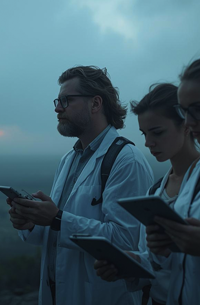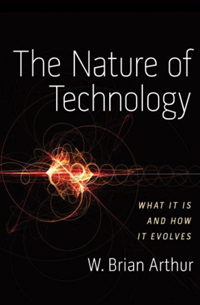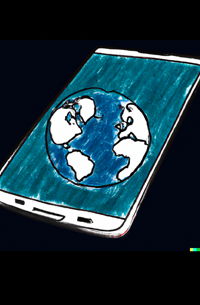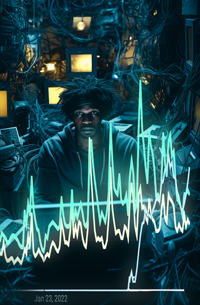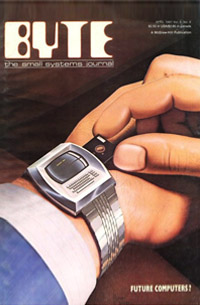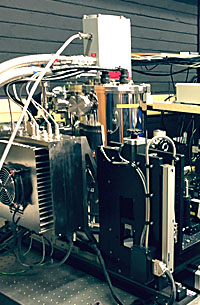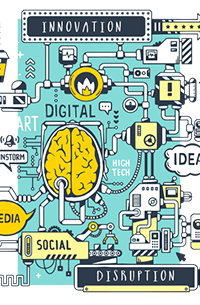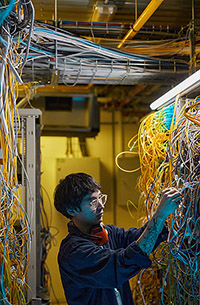 |
- Category: Spotlight
BY DR SHAWN CUNNINGHAM
28 AUGUST 2025
Do you sometimes feel like you’re constantly on the back foot as surprise after surprise disrupts your plans? Are you continually having to shuffle your priorities, meaning that your long-term strategies are put on hold as you face more immediate challenges? Sometimes these surprises might even feel like déjà vu, because you might have sensed something was coming but did not think it was so imminent that you had to confront it.
- Category: Spotlight
BY DR SHAWN CUNNINGHAM
7 MARCH 2025
In January 2025, the announcement that ArcelorMittal South Africa (AMSA) would close its long steel operations was again in the headlines. This was unsurprising, as AMSA has been making an annual loss for over six years and has unsuccessfully lobbied the government for tariff changes. The closure in March would affect the Long Steel Division units at Newcastle and Vereeniging as well as the Rail and Structural unit at Highveld Steel in Mpumalanga.
- Category: Spotlight
21 OCTOBER 2024
- Category: Spotlight
BY DR SHAWN CUNNINGHAM
10 JUNE 2024
In everyday English, technology can refer to a gadget, artefact, know-how, or software application. In contrast to this colloquial understanding, Professor Brian Arthur[1] emphasises the importance of a broader understanding in which technology is seen as a means to harness natural phenomena and arrange processes to produce something or achieve a specific purpose.
- Category: Spotlight
BY DR SHAWN CUNNINGHAM
03 JANUARY 2024
The Technological Change and Innovation System Observatory project is now five years old. I want to offer a synopsis of the patterns we have repeatedly seen in the South African economy over the life of this project.
We have discovered impressive technological infrastructure and specialised technological support in every sub-sector we have worked with. However, only a few companies are aware of these competencies. The leading companies in every sub-sector have built internal capacity to compensate for public goods’ weaknesses. We hypothesise that the gap between the innovators in the industry and the innovation support available in institutions is caused by how these institutions are measured. Often, they are measured on how they support individual firms to solve problems or master new technology, not how their services or technology competencies enable new growth, improved competitiveness, or dynamism in whole sub-sectors.
- Category: Spotlight
BY DR SHAWN CUNNINGHAM
15 NOVEMBER 2023
On 30 November 2022, OpenAI released its ChatGPT model as a chatbot. The chatbot quickly went viral on social media as users shared examples of their queries and the witty answers of the service. Examples included asking ChatGPT to summarise the works of Shakespeare in a few bullets, writing a movie script or explaining history. Within a few days, the chatbot attracted over one million users.
ChatGPT is an example of a Large Language Model (LLM). It is a form of generative artificial intelligence that uses a statistical language model trained on massive amounts of data. Large Language Models are not new, but the scale and open access of the ChatGPT technology is what caught the market by surprise.
When ChatGPT3 was launched many of the leading software development companies did not have a ready technology to launch into the market as a standalone service, even if their software had already included machine learning functionality. Furthermore, the backing of Microsoft with its global processing infrastructure gave OpenAI a huge advantage.
- Category: Spotlight
BY DR SHAWN CUNNINGHAM
16 AUGUST 2023
In the last few months, I have noticed a shift in the topics of my conversations with businesspeople about technological changes. I am no longer asked about what I think about the “fourth industrial revolution”, “digitalisation” or “industry 4.0 strategies”. Instead, I am asked about solar installations for companies, whether I know companies that have installed solar-backed power solutions, or whether I know where entrepreneurs could go to see a manufacturer that has gone “off-grid”. The only exception to this rule is when I bring up the topic of ChatGPT/Generative Artificial Intelligence or Large Language Models (LLMs). Then people would say, “Yes, we tried that”, and the conversation would quickly go back to the effects of loadshedding on working hours, the manufacturing process, supply chain logistics and operating costs.
I cannot help but wonder how much funds meant for capital expansion and investments have been diverted to secure energy or keep a business operating. Of course, there are real benefits for society when companies switch to solar energy. It reduces the load on the power grid and means that companies must replace inefficient (and often older) technology with more efficient solutions. I am just afraid that many companies took the knee-jerk to opt for diesel generators to keep their operations going. Even worse, that many companies could not afford to make any alternative arrangements and therefore lose money when the electricity is off.
I decided to look at how search terms on Google (South Africa) have changed. I entered the following four search terms into Google Trends[i]:
“Fourth Industrial Revolution”, “4IR”, “Solar”, “Generator”
- Category: Spotlight
BY DR SHAWN CUNNINGHAM
8 MARCH 2023
By understanding the nature of current technological changes, innovators and policymakers can develop better strategies to prevent being caught off-side by technological disruptions.
The broad consensus is that technological change follows a cycle:
- Stage 1 starts with a discontinuity, with something breaking away from the expected improvement trajectory. This often happens when advances in complementary technologies make a different solution possible. The discontinuity results in a phase during which many divergent approaches to the same problem or possibility are explored.
- Stage 2 is a time of ferment when some ideas will fall away while some winning ideas may become more acceptable and viable. Dominant designs start to emerge as markets figure out which features are valued.
- Stage 3 is a time of incremental change during which one or a few dominant designs are elaborated. The focus shifts from improving the product to improving the distribution and integration of the technology into other systems. This era of relative stability is occasionally interrupted by leaps in performance that are mainly attributed to improvements in process technologies.
- Category: Spotlight
BY DR SHAWN CUNNINGHAM
2 SEPTEMBER 2022
Often when we try to promote technological learning and innovation, we find that people in government and industry focus narrowly on physical technologies in the form of things, machines, software code or processes. Few workplaces pay attention to the many social technologies needed to rearrange or adapt workplaces around new technological capabilities. Furthermore, different stakeholders have little open dialogue about how the gaps can be closed between industries and technological and educational institutions, or how to establish missing technological infrastructure.
Most industry actors concentrate on the slow process of technological change within their industry, rather than on the potential disruptions posed by technological developments beyond their industry. One explanation for this blind spot is that it is hard to imagine how the current technological features of the emerging technologies developed elsewhere could unfold or spill over into existing market structures.
- Category: Spotlight
BY DR SHAWN CUNNINGHAM
18 JULY 2022
As we move between kinds of research programmes and publicly funded technology organisations, we are often struck by the diversity and sophistication of capability that exists in these organisations. The worst is that many of these organisations complain that the private sector is not really interested in what they have to offer.
It begs the question of how this scarce equipment, specialised expertise and sophisticated know-how disseminates to the private sector and the rest of the society.
Researchers often explain that technology from universities flows toward industry through licensing agreements, publications and various kinds of education programmes. Yet, when we speak to industry, we often hear a different story. Only a handful of pioneering companies successfully license technology from public research programmes.
- Category: Spotlight
BY DR SHAWN CUNNINGHAM
1 JUNE 2022
Over the past two years, we have all lived through the many disruptions caused by the COVID-19 pandemic, flooding, looting and family members walking in during a video call.
But have you paused to think about what it means to be disrupted by a change in technology?
The Merriam-Webster Dictionary defines innovation as “as the act or process of disrupting something: a break or interruption in the normal course or continuation of some activity, process …”
Disruption means that somebody or something is interrupted by somebody or something else. Plans may no longer be valid as priorities have changed. Disruption is more than the promise of new possibilities: it implies inconvenience.
- Category: Spotlight
BY DR SHAWN CUNNINGHAM
24 NOVEMBER 2021
We are constantly being confronted with predictions of how new technologies may affect our workplaces, our personal lives, and how we interact with others. Even if we ignore all the hype, we can sense how digital technologies are being embedded into more and more of the everyday devices that we use to control the environments around us.
Within this sea of contrasting and ever-changing information, managers must make decisions while balancing short-term operational requirements with potential longer-term strategies. Do they continue with the incremental changes within technology domains that are more familiar? Or do they take the plunge by switching to alternative technologies and all the uncertainty that comes with trying something different? Or is it possible to try several alternatives while still building on what is already in place?


